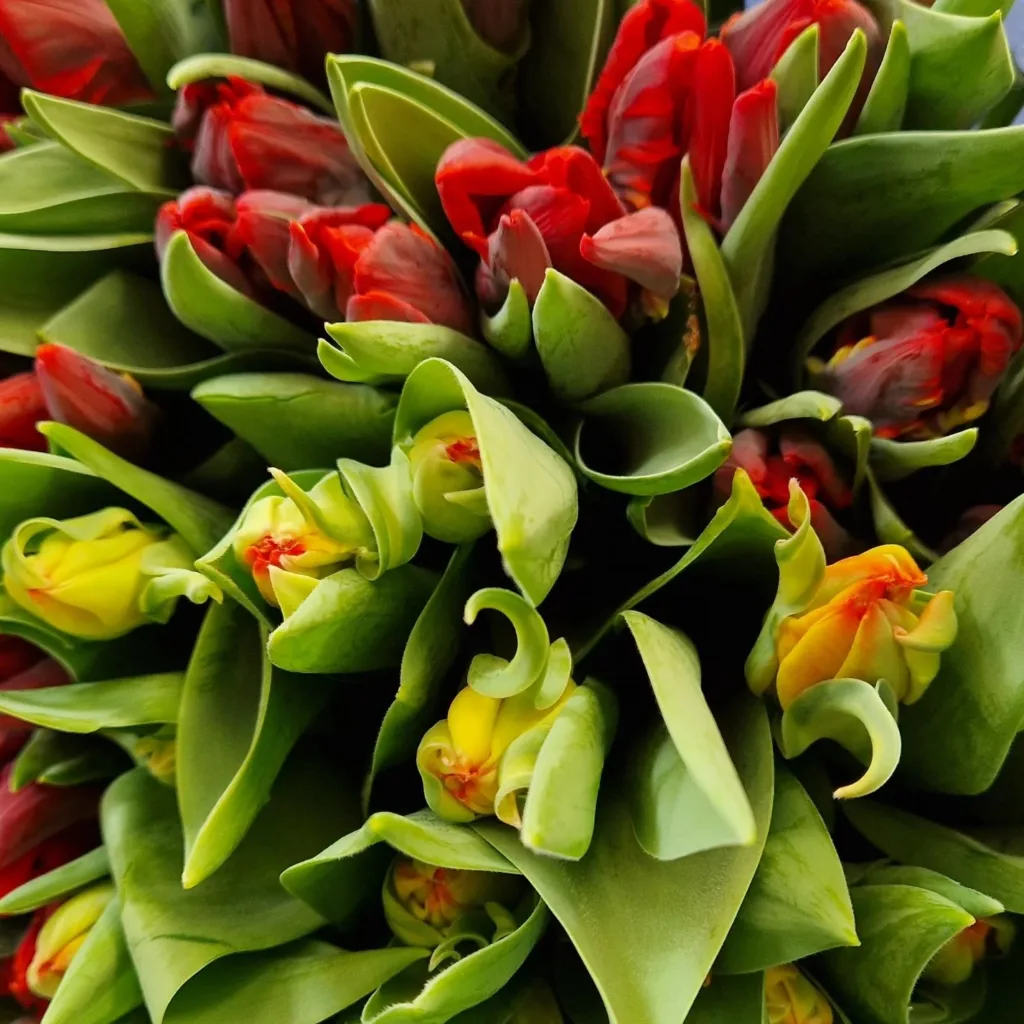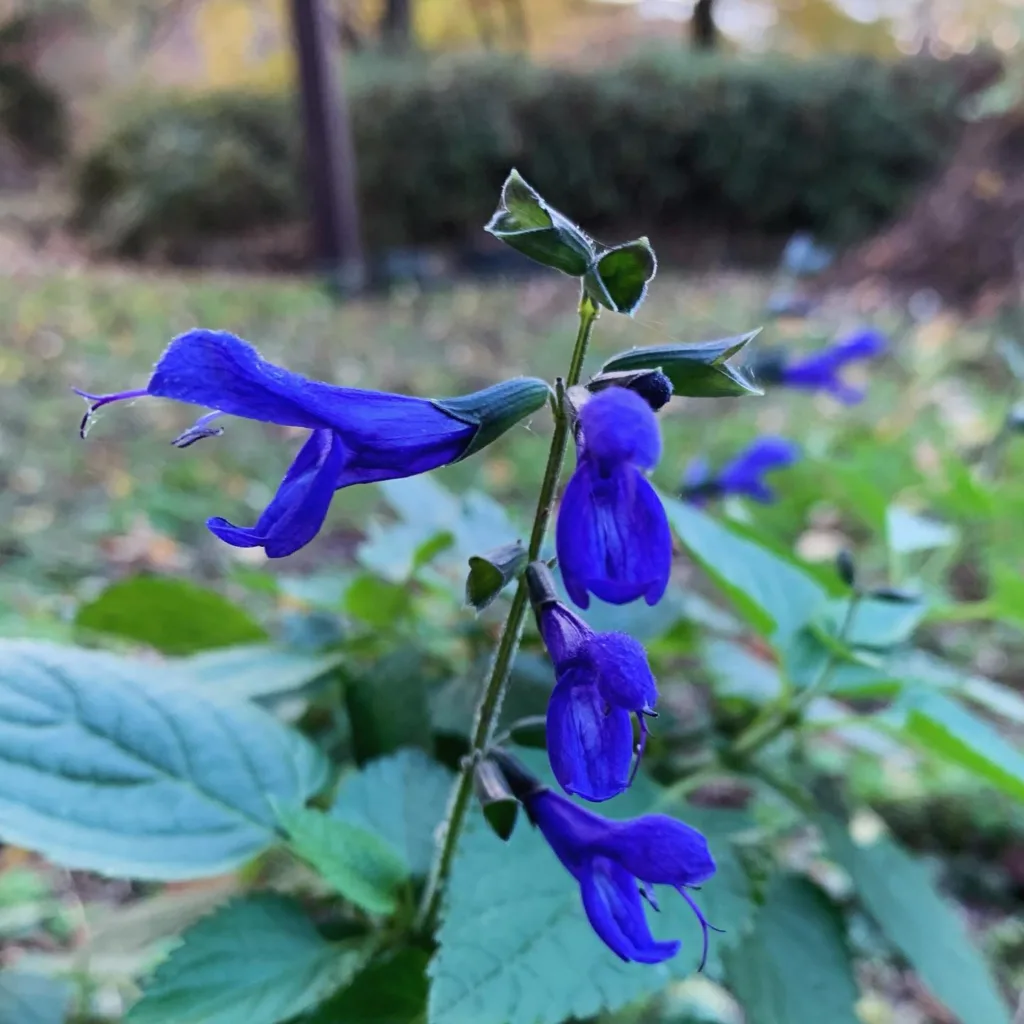All About Dryopteris Expansa: The Lush and Low-Maintenance Fern
Hi, I’m Ferb Vu, and I’m here to answer your questions about Dryopteris expansa, a captivating fern that thrives in shady corners. Whether you’re a seasoned gardener or a curious beginner, this FAQ will unveil the secrets of this resilient plant.
432 Species in Genus Dryopteris
What is Dryopteris Expansa?
Dryopteris expansa, also known as the Spreading Wood Fern, Alpine Buckler Fern, or Northern Buckler Fern, is a perennial fern native to cool temperate and subarctic regions across the Northern Hemisphere. Its presence stretches from mountain slopes in Spain and Greece to the heart of Japan and down to central California in North America.
What Does Dryopteris Expansa Look Like?
Imagine a cluster of dark green fronds, reaching up to 3 feet tall, gracefully arching outwards. Each frond boasts a finely divided, broad, triangular shape, adding a textural element to your garden. The rhizome, the underground stem, is scaly and often produces offshoots, allowing you to propagate new ferns easily.
On the underside of the leaflets, you’ll find round sori, which are clusters of spores – the fern’s reproductive units. These sori appear pale green and contribute a subtle charm to the plant. In autumn, Dryopteris expansa sheds its fronds, adding a touch of russet brown to your landscape before winter.
Where Does Dryopteris Expansa Grow Best?
As its nicknames suggest, Dryopteris expansa flourishes in shady environments. It thrives in moist woodlands, along streambanks, and on mountain slopes. When bringing it to your garden, replicate these conditions by providing a location with dappled sunlight or partial shade.
The ideal soil is humus-rich, moist, and well-drained. Avoid soggy areas, as Dryopteris expansa prefers consistent moisture, not waterlogging.
How to Care for Dryopteris Expansa?
Dryopteris expansa is a low-maintenance delight. Here’s what it needs to flourish:
- Watering: Water regularly during dry spells, especially during the first growing season. Aim for consistent moisture in the soil but avoid oversaturation. As the fern matures, its water needs decrease.
- Fertilizing: Fertilizing isn’t necessary in most cases. If your soil is particularly poor, a light application of balanced fertilizer in early spring can suffice.
- Mulching: Apply a layer of mulch around the base of the fern to retain moisture, regulate soil temperature, and suppress weeds. Opt for organic mulch like shredded bark or compost.
- Dividing: Dryopteris expansa spreads through its rhizomes. If your fern becomes too large, you can divide it in spring or early fall. Simply dig up the fern, carefully separate the sections with a sharp knife, and replant them in new locations.
Dryopteris Expansa vs. Other Ferns
Many fern varieties grace our gardens, and Dryopteris expansa has a few close cousins. Here’s a quick comparison:
- Lady Fern (Athyrium filix-femina): Both ferns appreciate shade and moist soil. Lady Fern boasts more delicate, lace-like fronds, while Dryopteris expansa has a bolder, triangular shape.
- Sword Fern (Polystichum munitum): Both ferns are evergreen, but Sword Fern offers a more upright, sword-shaped frond structure compared to Dryopteris expansa’s arching habit.
- Japanese Painted Fern (Athyrium niponicum): Both ferns thrive in shade, but Japanese Painted Fern features stunning, bi-colored fronds, unlike the uniform green of Dryopteris expansa.
Is Dryopteris Expansa Deer Resistant?
Absolutely! Deer tend to find ferns unpalatable due to their tannins. This makes Dryopteris expansa a fantastic choice for gardens frequented by these browsing herbivores.
Is Dryopteris Expansa Easy to Grow?
Yes, Dryopteris expansa is an excellent choice for beginner gardeners. Its low maintenance needs, shade tolerance, and resistance to deer make it a trouble-free addition to your shady haven.
With its lush foliage and easygoing nature, Dryopteris expansa is a captivating fern that adds a touch of elegance and natural beauty to any garden. So, why not give this resilient charmer a try in your own shady nook?
If i die, water my plants!



